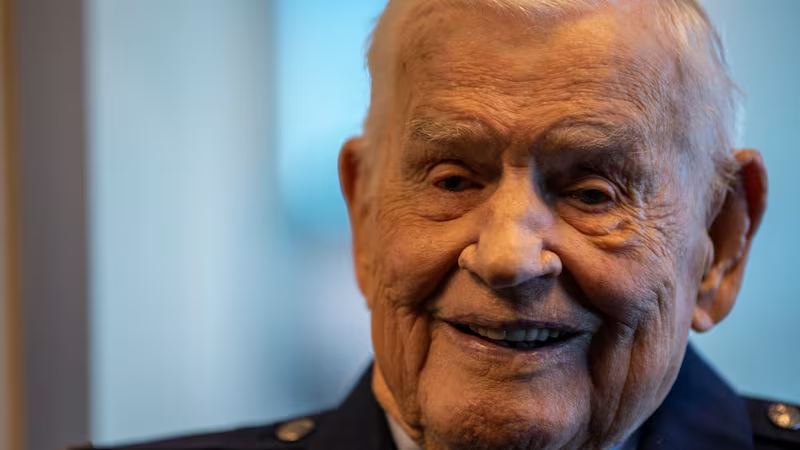
Brigadier General Clarence E. “Bud” Anderson, an emblematic figure in military aviation and the last surviving World War II triple ace, took his final departure on May 17, 2024, at 102 years of age.Passing away in his sleep at his home in Auburn, California, Anderson’s legacy as a test pilot and a combat hero remains etched in the annals of military history.
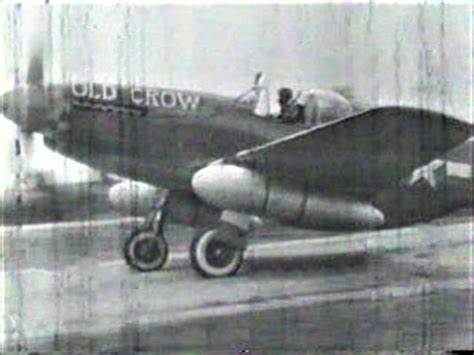
Anderson’s wartime exploits began when he shot down 16 German aircraft during World War II while piloting various iterations of the P-51 Mustang, which he affectionately dubbed “Old Crow.”
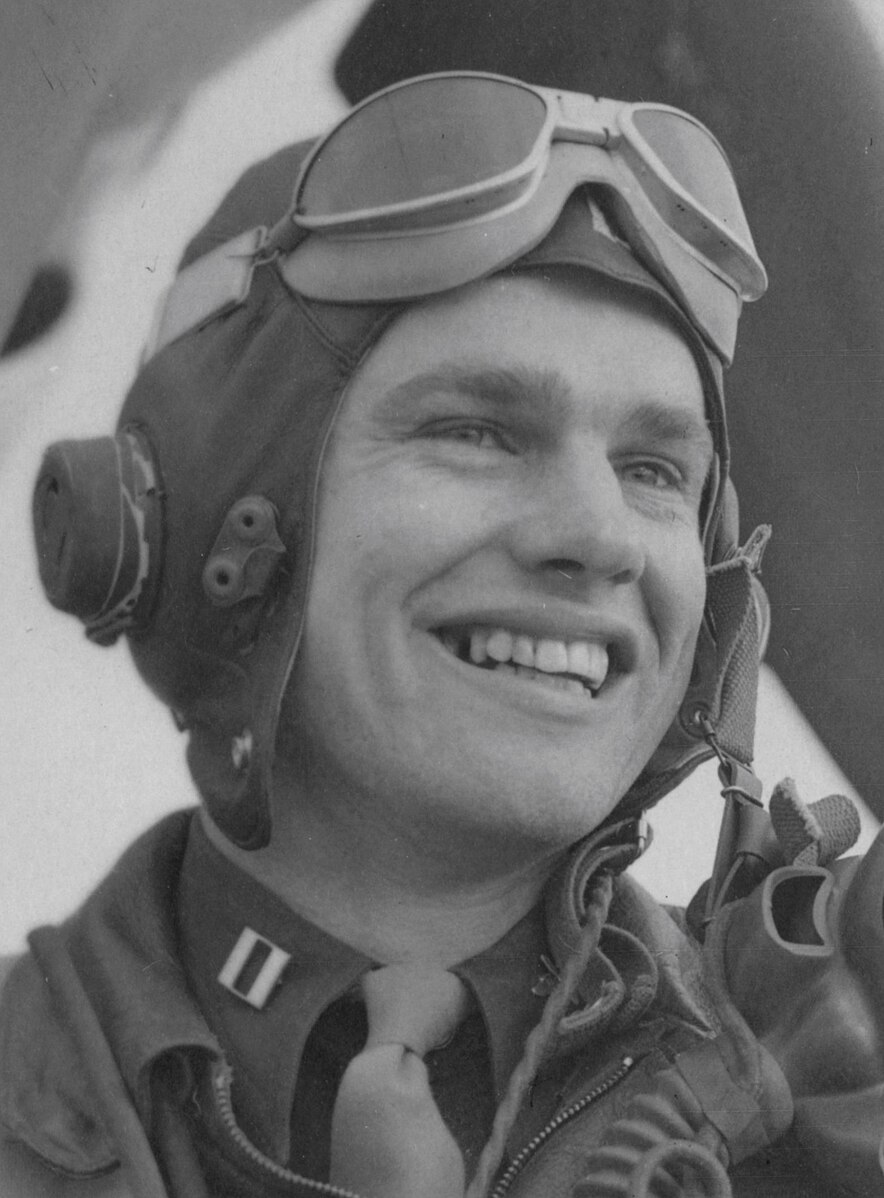
His 480 combat hours over 116 missions from March to December 1944 were all carried out with the 363rd Fighter Squadron. Among his victories, the majority were Focke-Wolfe 190s, earning him the distinction of a triple ace—a rare title for a pilot with at least 15 aerial victories.
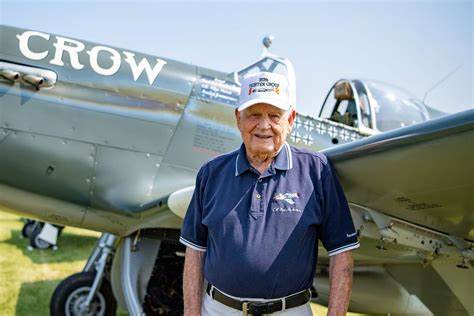
His keen eyesight was a hallmark of his success, providing him the uncanny ability to spot enemy aircraft before they spotted him. This skill was paramount as he soared through the European skies, often escorting bombers to their targets and engaging in perilous dogfights.
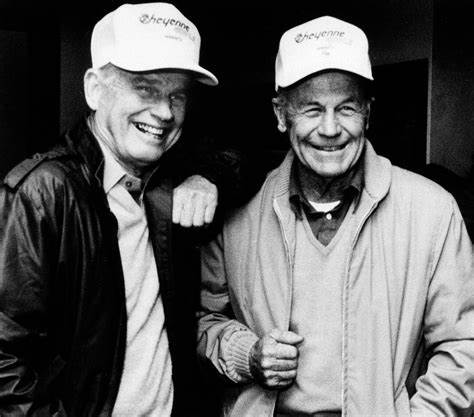
Chuck Yeager, his wingman and another renowned pilot, recalled Anderson’s prowess: “Andy would hammer them into the ground, dive with them into the damned grave, if necessary, to destroy them.”
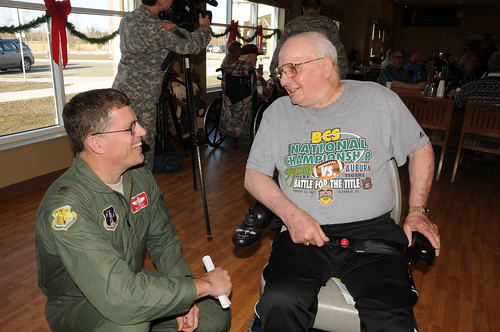
Anderson’s aviation journey did not cease with the conclusion of the war. Transitioning to a test pilot, he logged time in more than 130 different aircraft types, including the “Century Series” of supersonic fighters, amassing a staggering 7,500 hours of flight time.
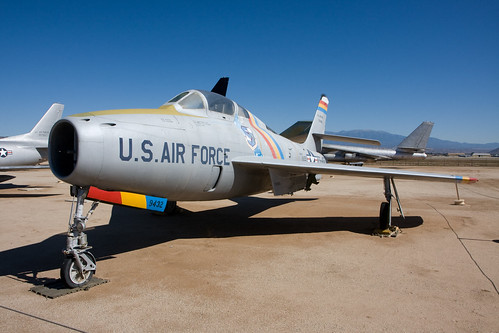
His contribution to the advancement of aviation was significant; he was involved in pioneering programs, such as attaching jet fighters to the wingtips of large bombers for range extension, and he also conducted the initial development flights on the F-84 Parasite fighter.
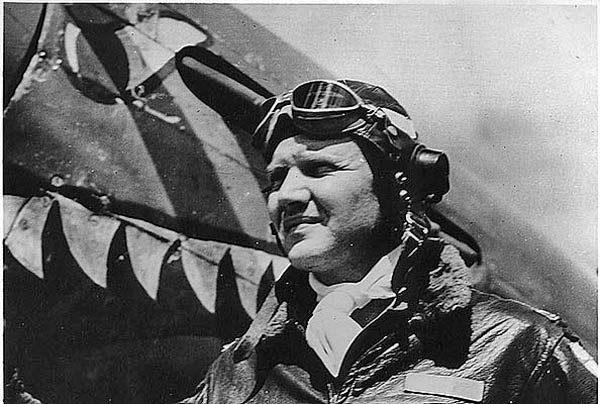
His military career spanned three decades, with operational assignments that included flying combat missions in the Vietnam War, leading the 355th Tactical Fighter Wing, and managing the closure of the Takhli Royal Thai Air Force Base.
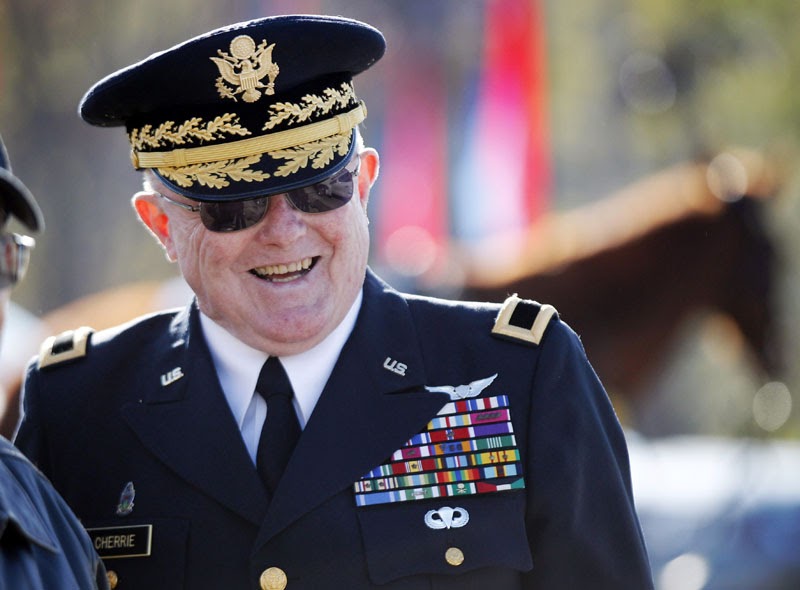
His service was recognized with numerous decorations, including two Legion of Merit awards, five Distinguished Flying Crosses, the Bronze Star, and 16 Air Medals, as well as the French Legion of Honor and Croix de Guerre.
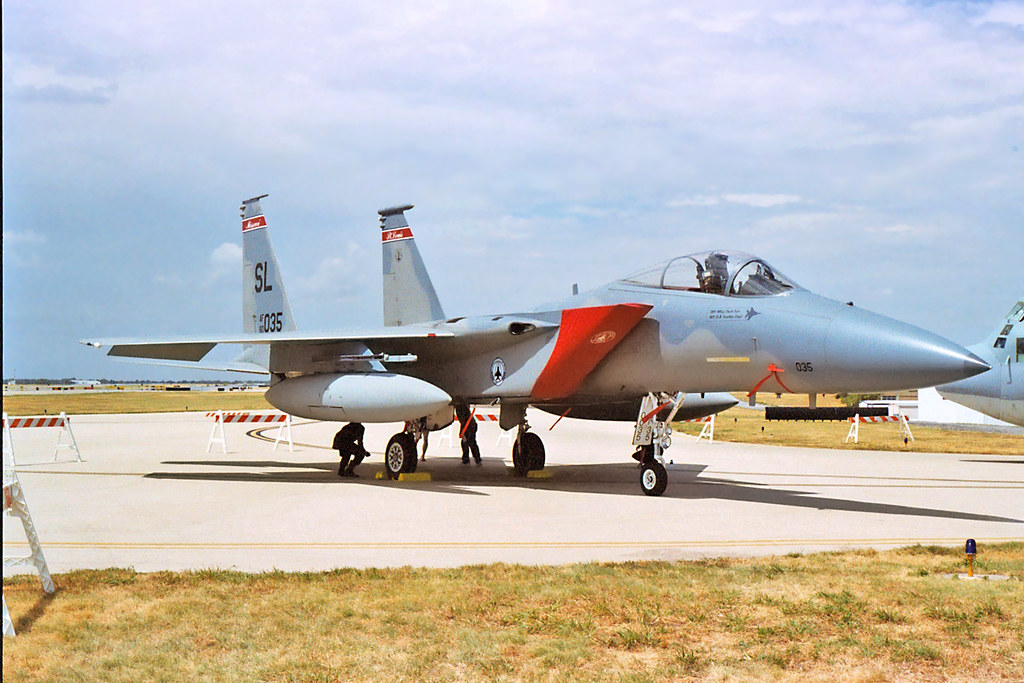
The impact of Anderson’s service extended beyond his military retirement. He oversaw flight test operations at Edwards Air Force Base for McDonnell Aircraft Co., guiding projects such as the F-15 Eagle, F/A-18 Hornet, and C-17 Globemaster III.
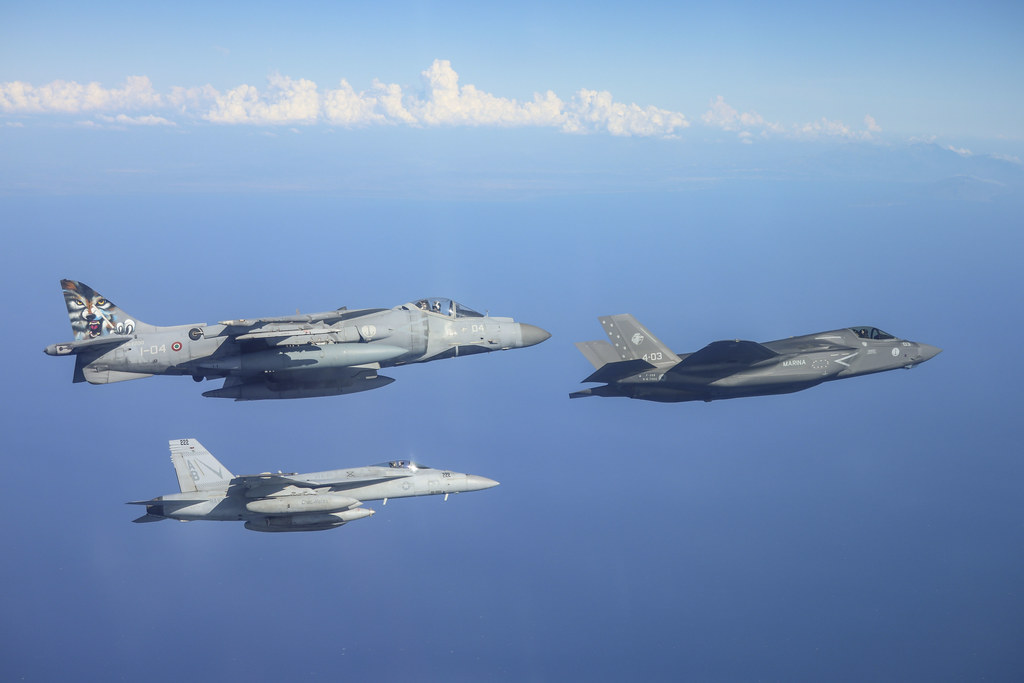
His honors include inductions into both the National Aviation Hall of Fame and the International Air & Space Hall of Fame, the Congressional Gold Medal, and a special display at the Smithsonian’s Air & Space Museum Udvar-Hazy Center.
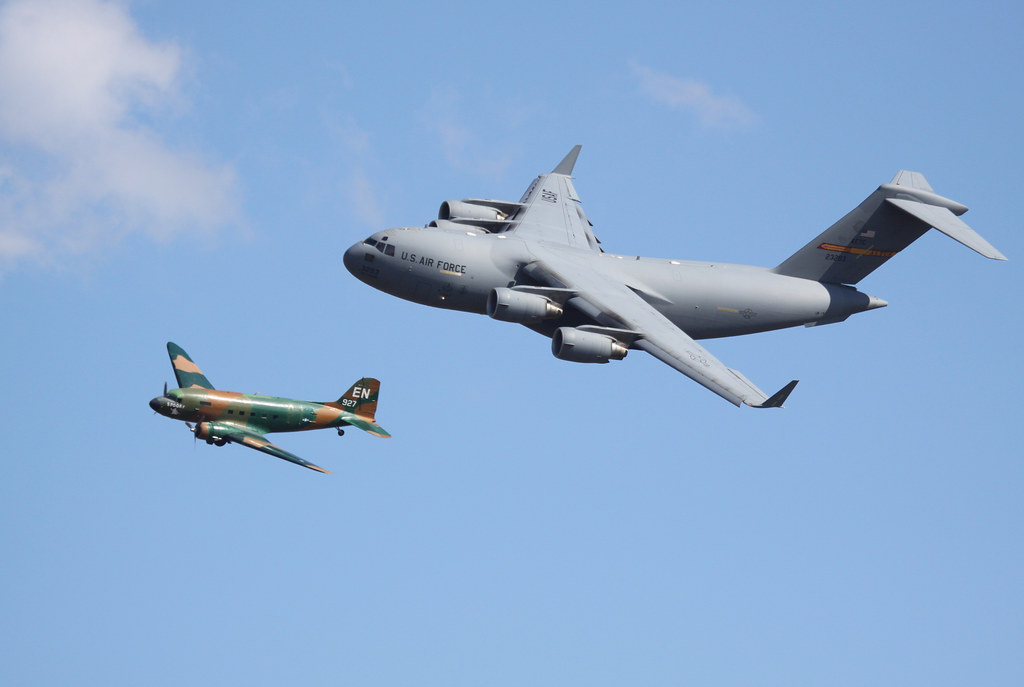
Anderson’s contributions were not only through combat and testing but also as a historian and mentor. His memoir “To Fly and Fight – Memoirs of a Triple Ace” provides an intimate account of his experiences, with Chuck Yeager describing him as “the best fighter pilot I’ve ever seen.” Gen. Charles Q. Brown Jr., then-Chief of Staff, honored Anderson with an honorary promotion to brigadier general in December 2022.
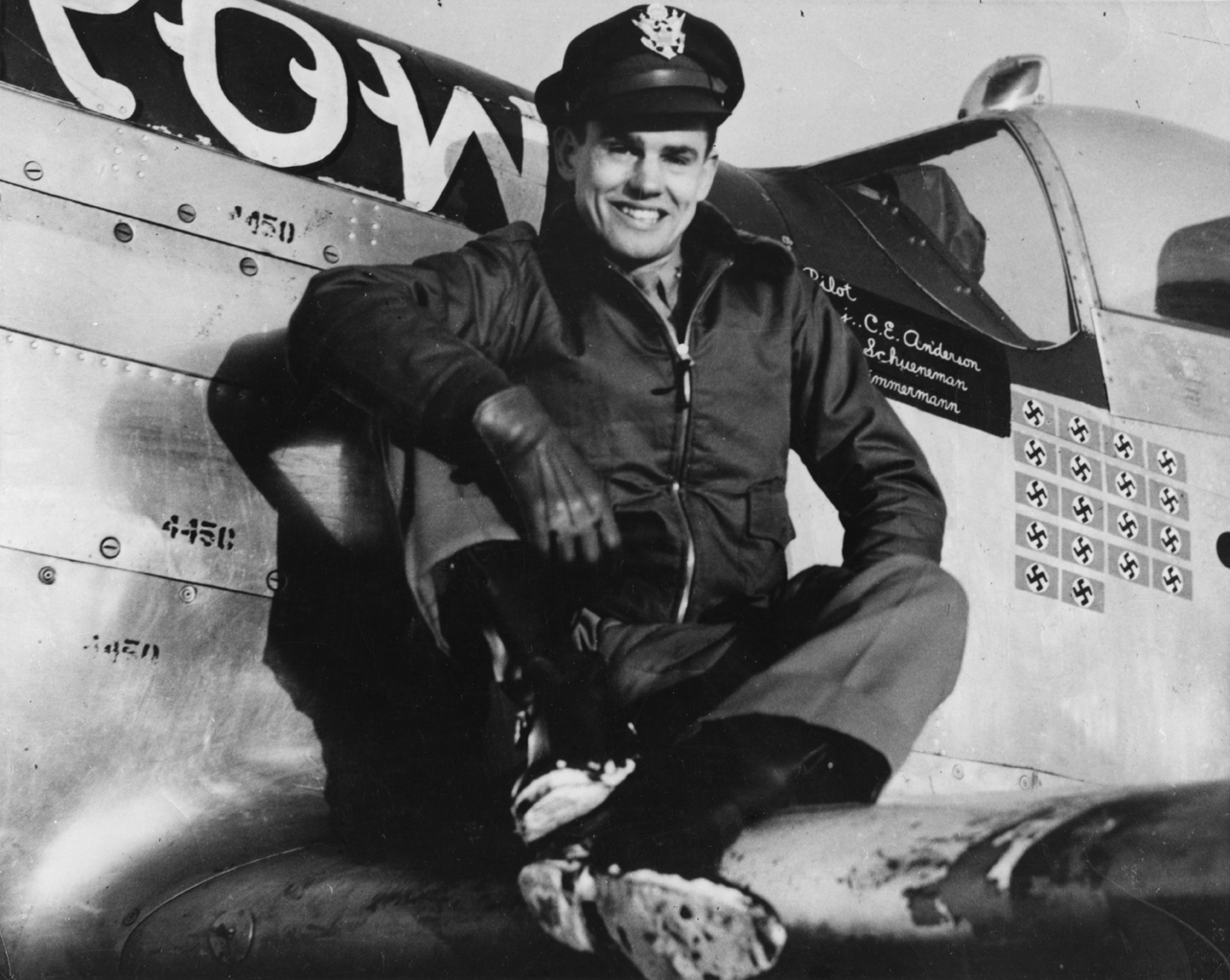
“It was really good to have a chance just to read through [some of Bud’s service records] and for me personally to reflect on the impact you had on our history of our Air Force,” Brown said during the ceremony.
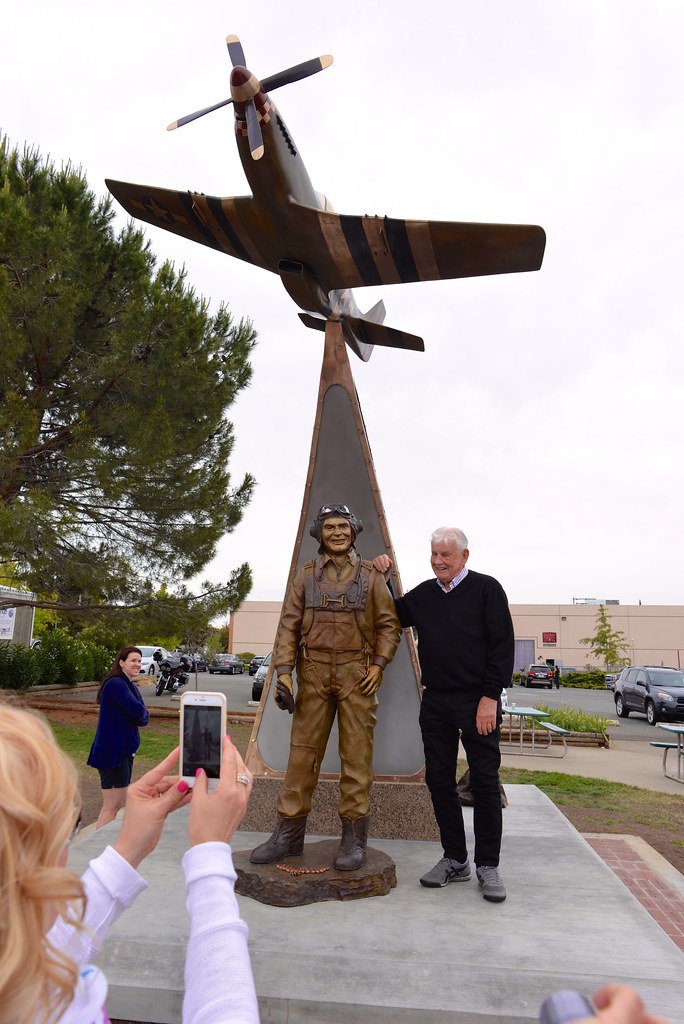
A life-size bronze statue in California, near his hometown, stands as a permanent tribute to Anderson, who was also a life member of the American Fighter Aces Association and a Fellow of the Society of Experimental Test Pilots. His children remembered him fondly, stating, “Dad lived an amazing life and was loved by many.”
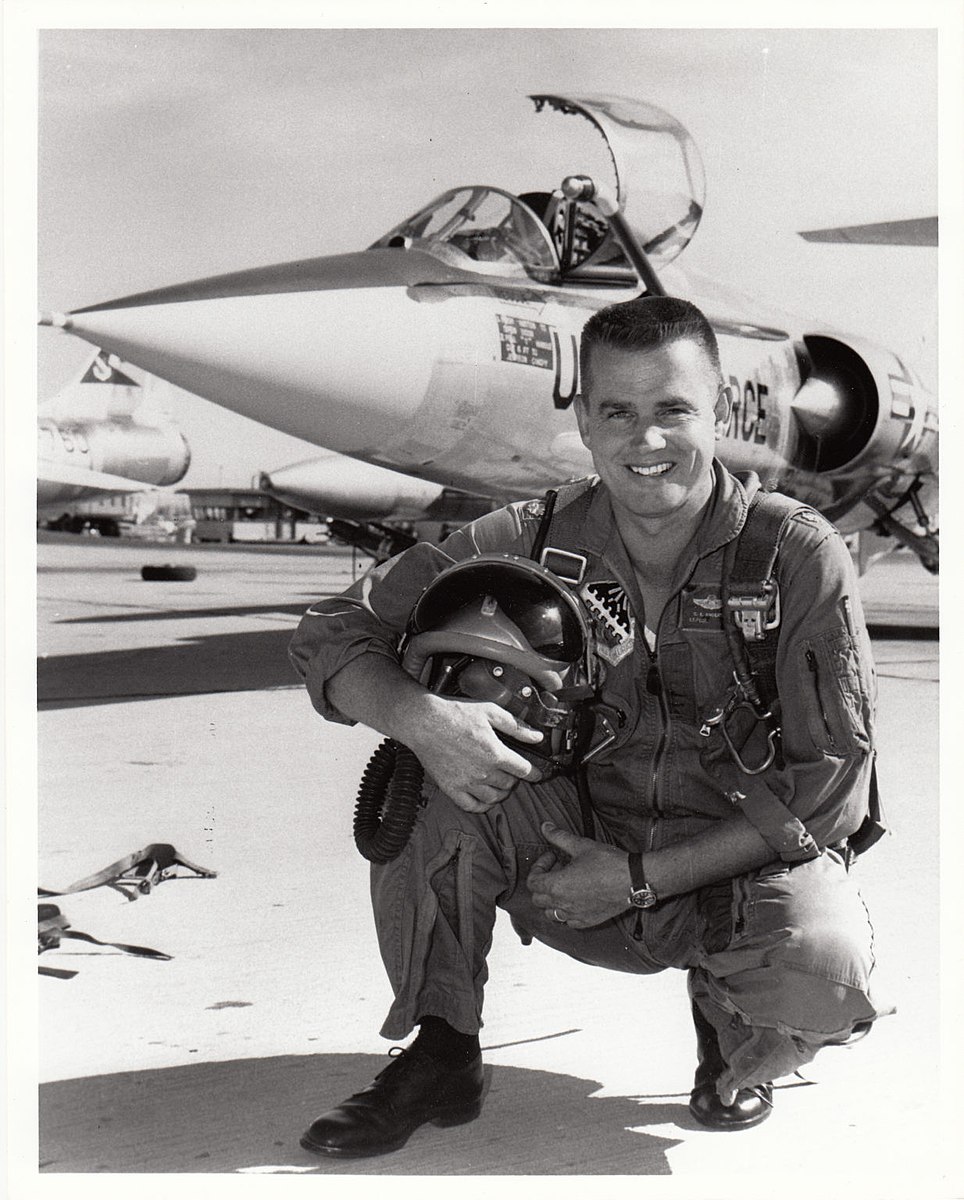
Anderson’s final combat mission in January 1945, alongside Yeager, was a leisurely jaunt over the Alps, unknowingly coinciding with the 357th’s record-setting engagement. Looking back, Anderson once remarked with a touch of humor and pride, “The P-51 was a great airplane. I think it saved the world.”
Relevant articles:
– Bud Anderson, WWII Triple Ace and Air Force Test Pilot, Dies at 102, Air & Space Forces Magazine
– Clarence ‘Bud’ Anderson, Last World War II Triple Ace, Dies at 102, Military.com
– Bud Anderson, America’s last World War II ‘triple ace,’ dies at 102, Yahoo
